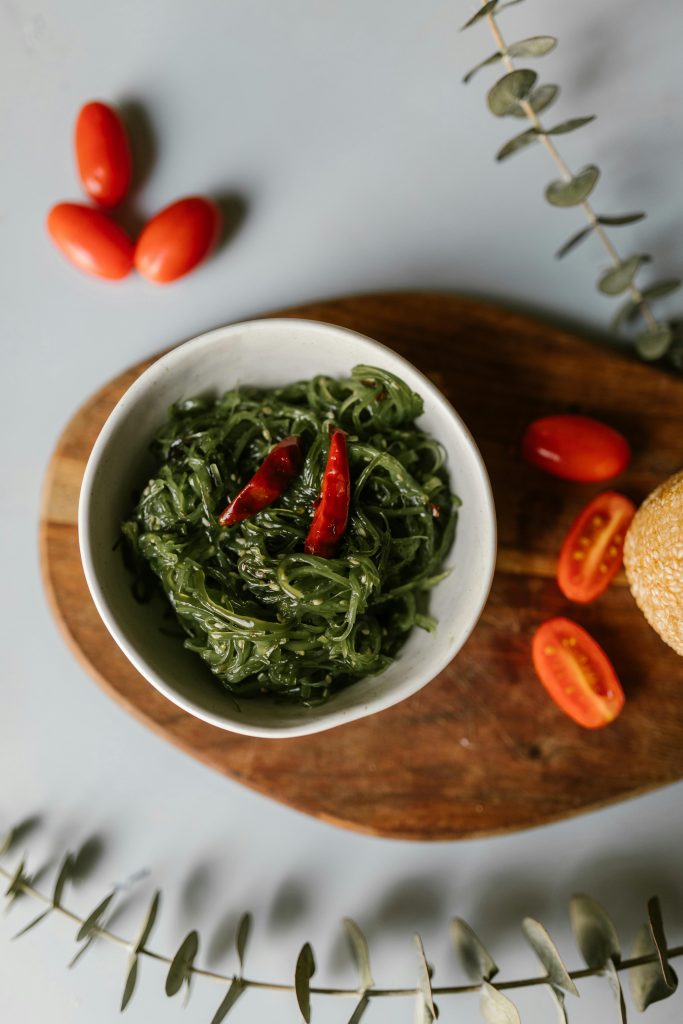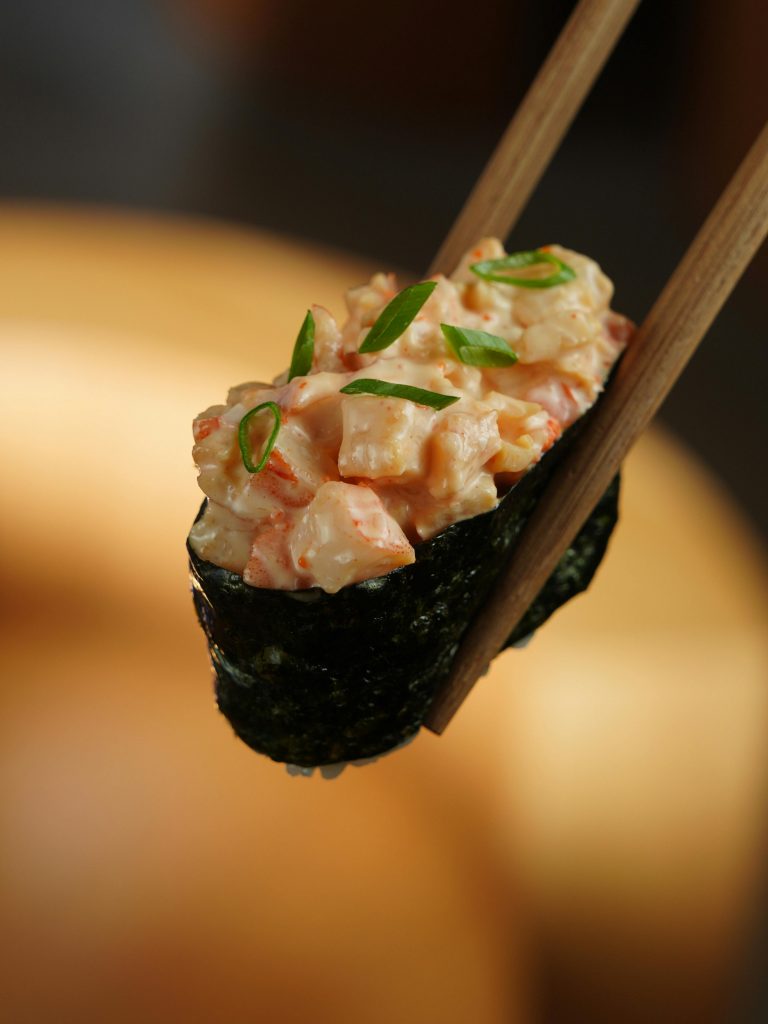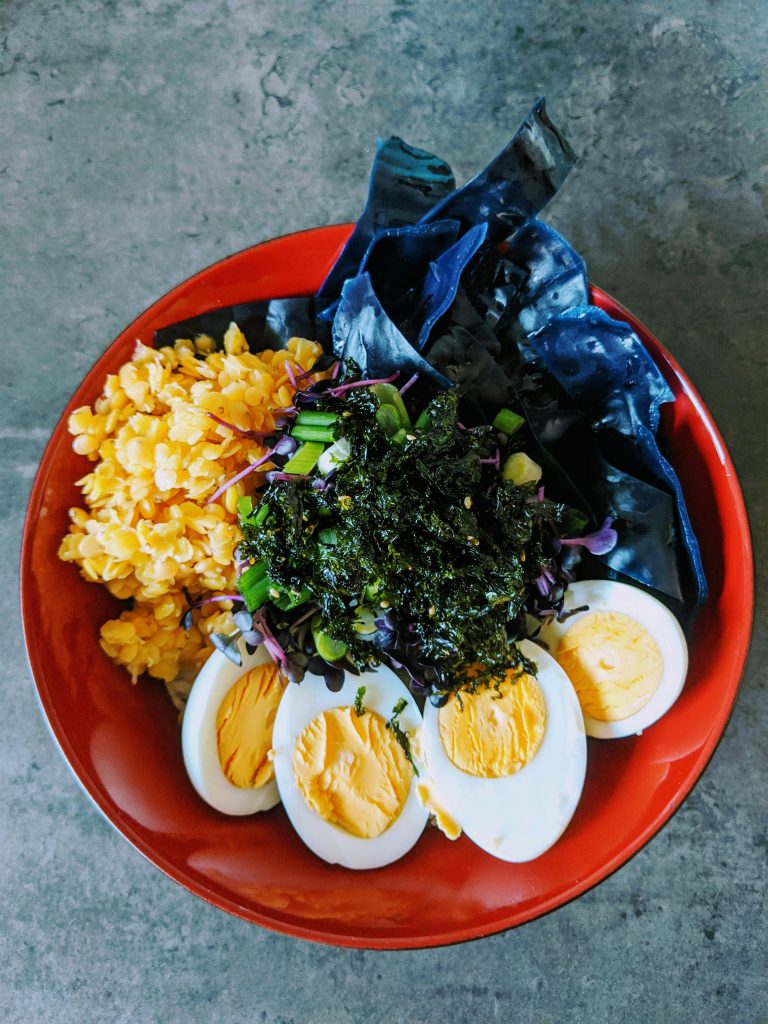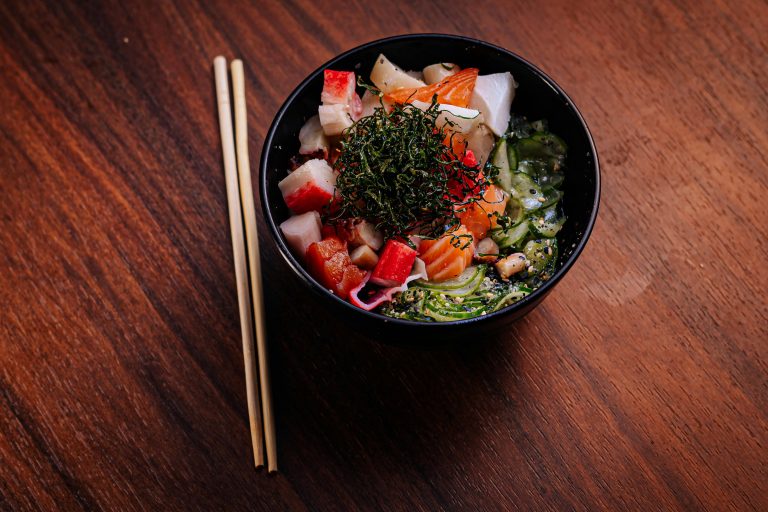Seaweed has been a staple in coastal cuisines worldwide for centuries, adding flavour and nutrition to dishes from Japan to Scandinavia.
This ocean treasure is a powerhouse ingredient that brings a unique umami flavour and a host of health benefits to your meals. Used widely in Asian cuisine, it’s now gaining popularity worldwide as a versatile and nutrient-dense food. Plus, it’s one of the most sustainable ingredients you can add to your pantry. If you’re new to cooking with seaweed, here are some simple and delicious ways to incorporate it into your meals.

Types of edible seaweed and how to use them
- Nori – This is the most well-known type of seaweed, commonly used to wrap sushi rolls. You can also toast nori sheets and crumble them over salads, rice dishes, or soups for added flavour and texture. It’s a great way to introduce a mild oceanic taste to your meals.
- Wakame – Soft and subtly sweet, wakame is often used in miso soup and seaweed salads. It’s also excellent in stir-fries and can be rehydrated and added to poke bowls or ramen for extra depth.
- Kombu – A staple in Japanese cooking, kombu is used to make dashi, a flavourful broth that serves as the base for soups, stews, and sauces. It can also be added to beans while cooking to improve digestibility and add umami.

- Dulse – This reddish seaweed has a slightly smoky and salty flavour, making it a fantastic alternative to bacon when pan-fried. Dulse can be sprinkled over popcorn, blended into smoothies for a nutrient boost, or mixed into baked goods for a subtle savoury twist.
- Hijiki – This dark, fibrous seaweed has a strong flavour and is often simmered with soy sauce and other seasonings to create a side dish. It’s also great in grain bowls, adding a rich umami depth.
- Sea Lettuce – Light and delicate, sea lettuce can be eaten raw in salads or blended into pesto. It also works well in soups and pasta dishes, providing a fresh ocean flavour.
How to use seaweed in your cooking
Soups and broths: Kombu and wakame are excellent for infusing soups with depth. Add a strip of kombu to your broth while simmering for a rich, savoury base, or toss rehydrated wakame into miso soup for a pop of texture and flavour.
Snack on crispy Nori: Nori, the paper-thin seaweed used for sushi, is also great for snacking. Lightly toast it in a dry pan, sprinkle with sea salt, and enjoy it as a crispy treat. You can also crumble it over popcorn for a unique twist.
Rice and noodles: Mix finely chopped nori or dulse into steamed rice or noodles for an instant flavour boost. The salty, oceanic taste pairs especially well with soy sauce and sesame oil.

Salads: Dried seaweed, such as arame or hijiki, softens when soaked and makes a great addition to salads. Toss it with fresh greens, sesame dressing, and citrus for a refreshing dish.
Butters and dips: For a savoury spread, mix finely chopped dulse or sea lettuce into softened butter and use it on toast or grilled seafood. You can also blend powdered seaweed into hummus or yoghurt-based dips for an extra layer of flavour.
Stir-fries: Sauté rehydrated arame or wakame with garlic and vegetables for a nutrient-packed stir-fry. It pairs beautifully with mushrooms, carrots, and tofu.
Baking: Seaweed isn’t just for savoury dishes—it works in baking too! Try adding powdered kelp or dulse to bread or crackers for a subtle umami note.
ALSO SEE: Health benefits of eating seaweed
Image: Pexels

